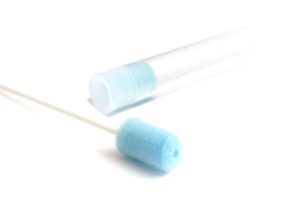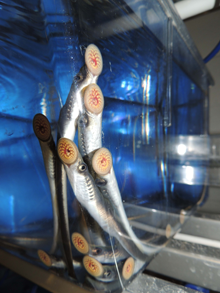As the Atlanta area recovers from Zeta, we’d like to highlight this Journal of Clinical Microbiology paper about saliva-based SARS-CoV-2 antibody testing. It was a collaboration between the Hope Clinic and investigators at Johns Hopkins, led by epidemiologist Christopher Heaney.
Infectious disease specialists Matthew Collins, Nadine Rouphael and several colleagues from Emory are co-authors. They organized the collection of saliva and blood samples from Emory COVID-19 patients at several stages: being tested, hospitalized, and recovered. Saliva samples were collected by having participants brush their gum line with a sponge-like collection device. More convenient than obtaining blood or sticking a swab up the nose!

The paper shows that antiviral antibody levels in saliva parallel what’s happening in patients’ blood. However, some forms of antibodies (IgM) appear less in saliva because of their greater molecular size. People who test positive do so by 10 days after symptom onset.
The authors conclude: “Saliva-based assays can be used to detect prior SARS-CoV-2 infection with excellent sensitivity and specificity and represent a practical, non-invasive alternative to blood for COVID-19 antibody testing… A logical next step would be to perform a head-to-head comparison of this novel saliva assay with other antibody tests approved for clinical use.”







